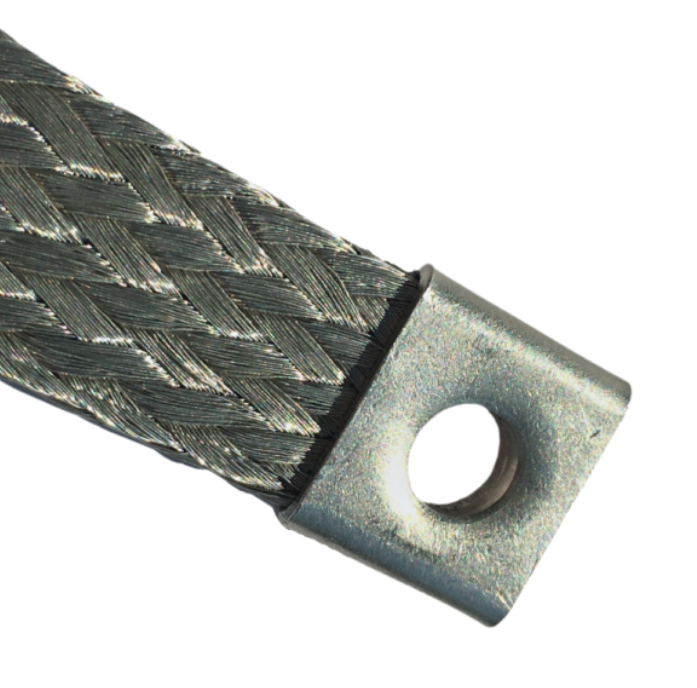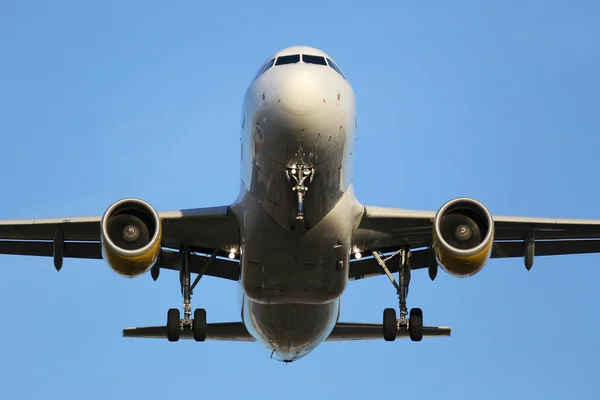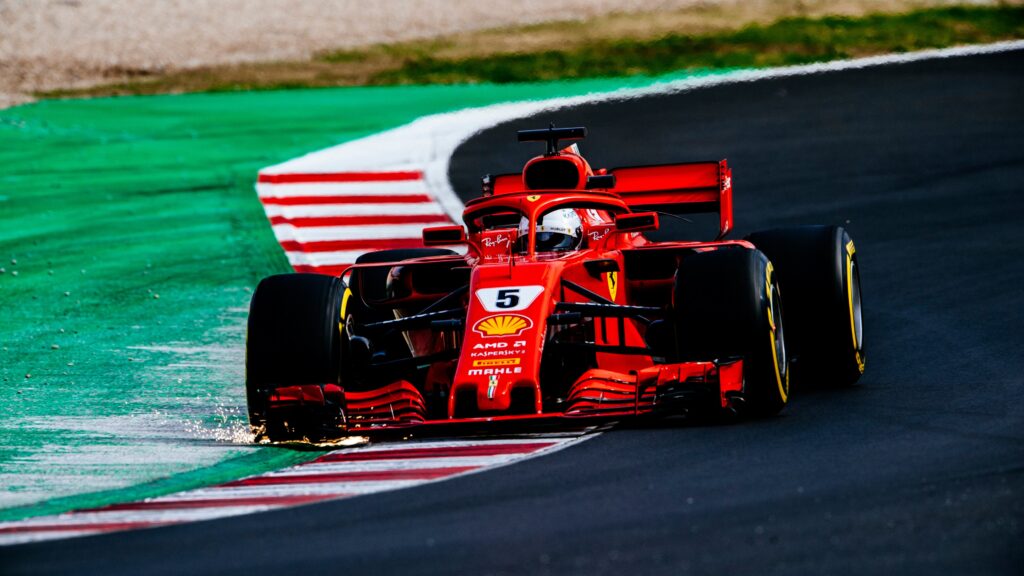
Focus on aluminum braids: lightness and conductivity for aviation and automotive applications
Focus on aluminum braids. Aluminum braids have established themselves as key elements in the aviation and automotive sectors. Thanks to their light weight and excellent electrical conductivity, they are the perfect answer to the growing need for performance and durability in these demanding industries.
Zoom in on aluminum braid. What is aluminum braid?

Aluminum braid consists of wires braided together to form a strong, flexible conductor. These braids are often used for power transmission, particularly in systems where weight must be reduced without compromising quality. This is the case, for example, in Formula 1 cars, where the car must be as light as possible.
Main characteristics of aluminum braids :
Lightweight: Aluminum is much lighter than copper, reducing overall component weight.
Excellent electrical conductivity: Although slightly lower than tin-plated tin-plated copperaluminum's conductivity remains optimal for many applications.
Aviation and automotive applications :
Aviation: efficiency and safety
In the aeronautics industry, every gram counts. Aluminum braids are used in aircraft electrical systems to guarantee optimum performance while respecting weight constraints. They also ensure great flexibility in electrical connections.

Automotive: towards electric mobility

With the transition to electric vehicles, aluminum has become a material of choice for automakers. Aluminum braids are integrated into batteries, electric motors and wiring systems to provide a lightweight, efficient solution.
Why choose aluminum braid?
Aluminum braids not only make vehicles and aircraft lighter, they also help reduce costs. Aluminum is generally less expensive than tin-plated tin-plated copperand is easier to handle and recycle.
Conclusion:
Aluminum braids embody innovation and efficiency in the aviation and automotive sectors. Their lightness, conductivity and strength make them an essential solution to today's durability and performance challenges.
